Ironically, graphic design is only a small part of a comprehensive branding process. Brand aesthetics are the byproduct of many carefully weighed decisions about core values, buyer personas, and unique value propositions (UVPs), and most importantly, the brand message.
The world's most successful companies develop brand strategies that inform everything from product development to customer service to sales and marketing.
At Lean Labs, we look at brand strategy as a key component of our Lean Growth Stacking framework.
A solid brand strategy will include everything from the Lean Growth Stacking framework. Every single piece is essential.
Website Grader
Diagnose Your Growth Blockers & Unlock Your Brand’s Potential
Pinpoint the sticking points in your website and messaging holding your brand back from explosive growth. Use our proven methodology to get data-driven strategy recommendations, strengthen your content, and boost SEO.
- Identify growth roadblocks and opportunities on your website
- Data-driven recommendations for scaling
- Strengthen content and SEO with actionable insights
Thanks for submitting the form!
What we see most of the time, is brands rushing to scale their marketing. With the idea that more awareness somehow equals more customers, they throw all their money into getting as much attention as possible as they slowly work in the background on their product or service.
It's okay, after all, buying customers didn't buy because your product was the best it could be. That might be why they stay, but it is rarely why they buy.
Customers buy because your marketing succeeded at changing their beliefs. Once that battle is won, sales is easy because the customer believes your product or service is the best solution to their problem.
That's really easy to write about, but bone-crushing difficult to accomplish. That's why brand strategies are so important.
You have to get them right, for the entirety of your growth hinges on it.
How to Build a Memorable Brand: 7 Brand Strategy Examples
These seven companies got it right. When you read through these seven examples, look for opportunities to replicate their strategy for your own use.
A solid brand strategy is an essential ingredient of creating a competitive advantage.
- Simple
- Chipotle
- Dollar Shave Club
- Tesla
- Whole Foods Market
- Corona
- Google
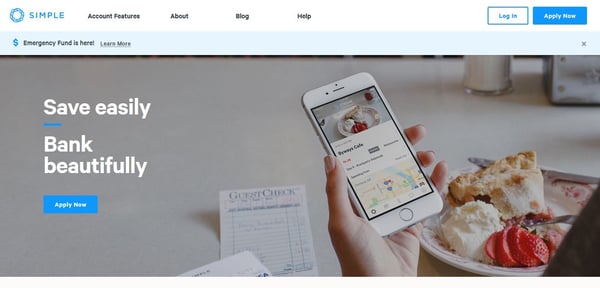
Do you rely upon a mobile app for managing your bank account? If you're anything like our brethren across the Atlantic, the answer is probably yes. As reported by the British Bankers’ Association, the average UK banking customer now views their finances via smartphone more than once a day.
With that said, the concept of managing account balances via a mobile app is still relatively new. In 2012, Simple launched one of the world's first non-physical banks through partnerships with The Bancorp and BBVA Compass. Unlike traditional banks, that cater to more mature demographics, Simple targeted millennials who value convenience, budget, and beauty.
The startup's core message? Banking should be simple. The UVP can be found in everything from the app's elegant design to the organization's superhuman customer service. By identifying an obvious unmet need within the marketplace, Simple's brand strategy took care of itself.
Simple stays on-brand by asking itself: How can we simplify this project even further?
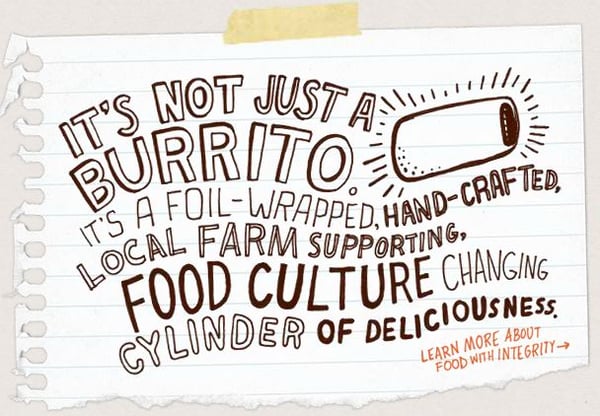
For several years, Taco Bell held the largest market share for Mexican fast food. The chain restaurant was the reference point for what the average American considered to be convenient Mexican cuisine. For the record, you haven't eaten real Mexican fast food unless it consisted of homemade tortillas and fresh salsa (yes, I'm from south Texas)!
So, how did Chipotle disrupt the Mexican fast-food scene? Founder Steve Ells, a graduate of The Culinary Institute of America, decided to compete on quality instead of price. Ells saw an opportunity to introduce Americans to a fresher, more vegetable-focused form of Mexican food.
Aside from Chipotle's penchant for cheeky one-liners, the company has differentiated itself by branding itself as a trustworthy provider of high-quality ingredients. Chipotle may be a fast-food restaurant, but it doesn't want its customers to feel like they are having a typical fast-food experience.
Chipotle stays on-brand by asking itself: How can we create a down-to-earth, quality experience?
Dollar Shave Club is another brand centered around the promise of "simplicity." Much like our mobile app banking example, Dollar Shave Club saw the potential for simplifying an archaic process. After identifying the purchasing of high-quality razors as a begrudgingly executed task for men, Michael Durbin developed an alternative. For as little as $1 per month, Dollar Shave Club would deliver premium razors by mail.
In 2012, the company went viral because of a clever marketing video featuring Durbin. Whereas Simple Bank interprets simplicity as elegance, Dollar Shave Club exemplifies the brand attribute of honesty.
Dollar Shave Club stays on-brand by asking itself: How can we deliver a quality experience without taking ourselves too seriously?
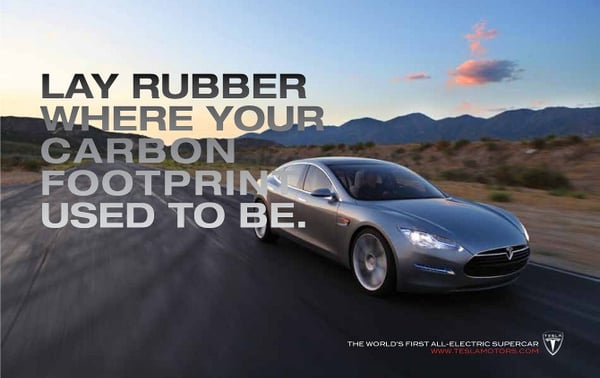
How does a business that consistently fails to meet production targets have a market cap of nearly $60 billion? It doesn't just sell a good product; it sells a vision. Tesla is known as much for founder Elon Musk's futuristic ideas as for its electric vehicles. Thus, the allure of purchasing a Tesla is participating in the next stage of human evolution.
FREE GROWTH TOOL
Assess Your Growth Performance & Set Clear Goals.
Measure your growth performance and quickly identify the cause of friction in your buyer journey.
Thanks for submitting the form!
Additionally, instead of marketing itself as a typical EV, Tesla appeals to the high-end consumer. The company is committed to producing both the fastest and most environmentally friendly EVs on the market. Case in point: Can your Toyota Hybrid go from zero to 60 mph in 2 seconds flat? The Tesla Model 3 also achieves an impressive 220 miles of range, while starting at only $35,000.
The company's brand strategy relies heavily upon delivering a premium customer experience. Musk himself is known for responding to customer tweets, asking his team to fix issues pointed out on Twitter.
Tesla stays on-brand by asking itself: How can we continually push the envelope to exceed expectations?
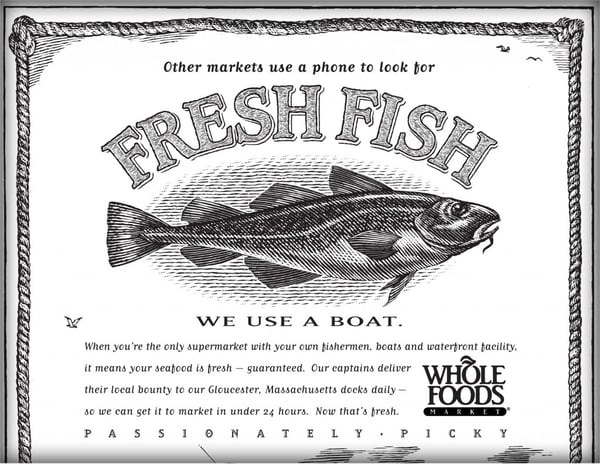
Whole Foods originally entered the marketplace as the grocery store of choice for those preferring "organic and natural" food items. Several years later, the company's research identified "foodies" as a highly prized customer segment with untapped growth potential. Foodies are individuals who enjoy high-quality ingredients for the love of food.
The grocery chain began asking itself: How do we convince exotic food connoisseurs that Whole Foods is more than a health store? The solution was to develop a brand strategy that would speak to "passionately picky" eaters without alienating the "salad-munchers" who had made Whole Foods successful. The result? Today the supermarket chain is widely known for providing both natural foods and hard-to-find ingredients thanks to some brilliant advertising campaigns.
Whole Foods stays on-brand by asking itself: How can we better support our customers' appreciation of high-quality ingredients and food items?
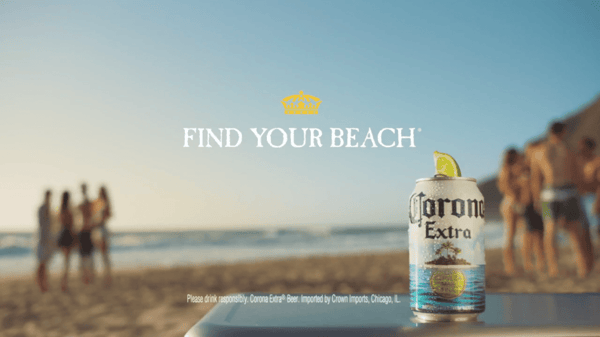
Some brewers market themselves with beautiful women. Some heavily associate themselves with sports fans. And others simply appeal to the universal desire for relaxation. Can you guess where Corona fits in?
Over the years, the Mexican beer-maker has built a reputation as the quintessential "on-vacation beer." The company's marketing campaigns predictably feature azure waters, white sands, and gorgeous sunsets. By maintaining brand consistency, Corona has built a loyal following of customers who associate its products with unplugging, unwinding, and escaping from stress.
Corona stays on-brand by asking itself: How can we inspire our customers to make time for relaxation?
In 2015, Google rebranded itself under the parent company Alphabet. The tech giant created the new corporate entity to foster greater transparency into how much the company spends on side projects like drones, self-driving cars, and wearables.
Google is on a mission to make individuals feel more informed, connected, and organized through the use of technology. The company's diverse portfolio of products (i.e. Maps, Chrome, Google Home, YouTube) allows individuals to quickly access the information they need.
Instead of focusing on the technical aspects of its products, Google's marketing emphasizes the many ways lives are enriched because of it. This humanized brand strategy is one of the many reasons "Google" became a verb for conducting online search queries. Can you imagine telling someone to "Yahoo it?"
Google stays on-brand by asking itself: How can we make our users feel more connected to the world?
Building Your Own Brand Strategy
For all our clients, we look to accomplish a few things:
First, we want their brand experience to be second-to-none. That means their websites must be top-notch in both look and feel. A positive website experience is the first impression of your brand to your customers.
Second, we nail the brand message and narrative. This requires more than building a persona and filing it away never to be seen or heard from again. You must understand your customer's narrative natively, deep in your brand's soul. And then, you must know how to build off of that narrative to create obvious roadmaps into your brand narrative.
We cover this in our free Lead Generation micro-course.
Finally, we put together a growth marketing strategy that includes all six levers of growth: awareness, acquisition, activation, revenue, retention, and referral. See how we do it here.